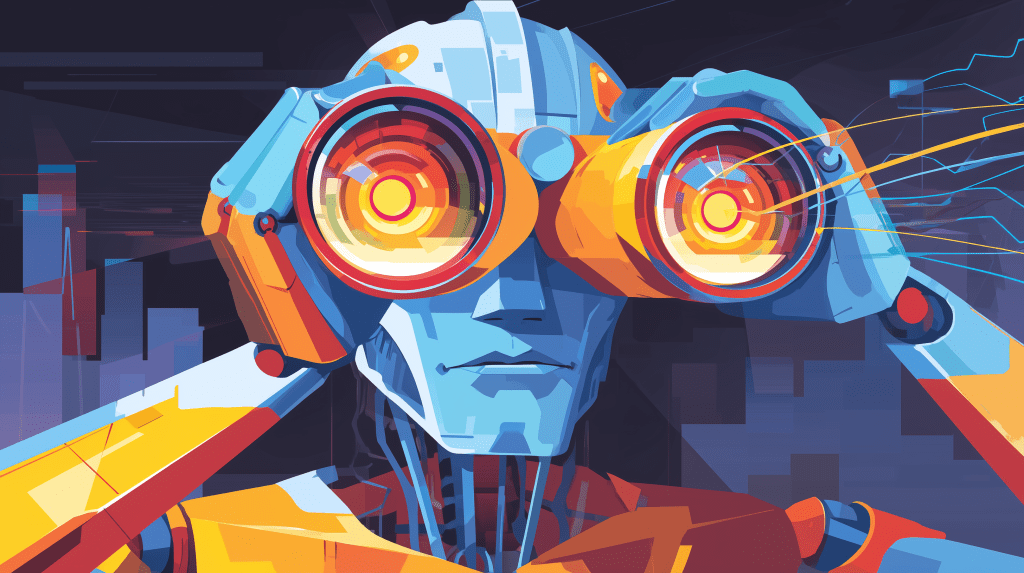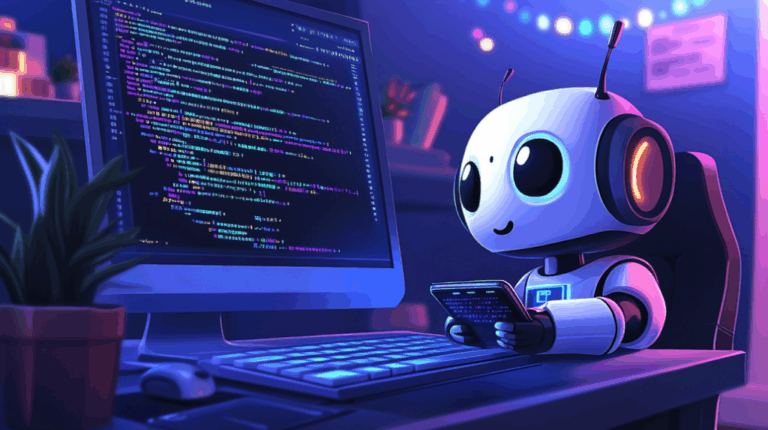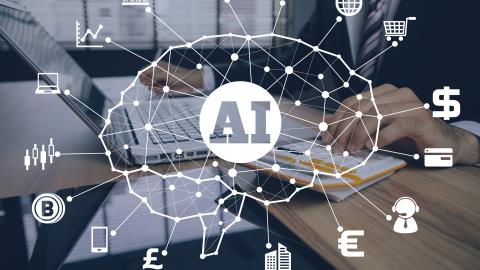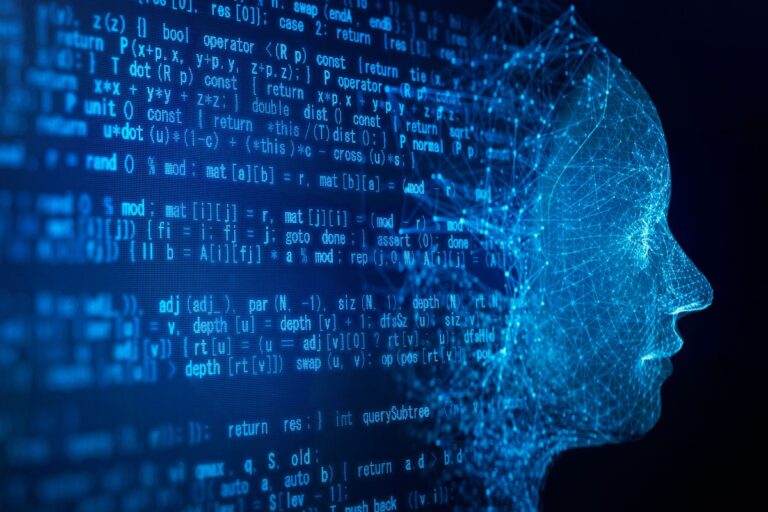Introducing OpenVision: The Game-Changing Open Source Vision Encoder Outperforming OpenAI’s CLIP and Google’s SigLIP
In today’s digital landscape, a vision encoder plays a crucial role in enabling advanced large language models (LLMs) to process and interpret images uploaded by users. This technology enhances the capability of AI systems, making them more versatile and effective in understanding visual content.
What is a Vision Encoder?
A vision encoder is an innovative technology designed to convert visual data into a format that can be easily processed by machine learning models. By translating images into numerical representations, these encoders allow LLMs to analyze and generate insights from visual information.
Key Functions of Vision Encoders
- Image Analysis: Vision encoders enable LLMs to understand the content of images, identifying objects, scenes, and other visual elements.
- Enhanced Interactivity: Users can upload images for analysis, allowing for a more interactive and engaging experience with AI systems.
- Integration with Language Models: By bridging the gap between visual and textual data, vision encoders facilitate a seamless interaction between images and language, enhancing the overall performance of LLMs.
Benefits of Using Vision Encoders
Incorporating vision encoders into AI systems offers several advantages, including:
- Increased Efficiency: Vision encoders streamline the process of image interpretation, leading to quicker responses from AI systems.
- Improved Accuracy: With advanced algorithms, vision encoders enhance the accuracy of image analysis, resulting in more reliable outcomes.
- Broader Applications: From healthcare diagnostics to e-commerce product recommendations, the applications of vision encoders are vast and varied.
Conclusion
In summary, vision encoders are essential for the evolution of large language models, allowing them to work effectively with images. As technology continues to advance, the integration of vision encoders will undoubtedly lead to more intelligent and responsive AI systems. For further insights into AI technologies, visit our AI Technology page or explore more about vision encoders on reputable tech sites.







